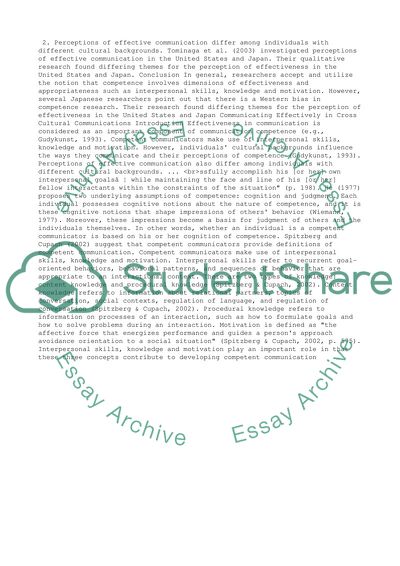Cite this document
(“Communicating Effectively in Cross Cultural Communications Speech or Presentation”, n.d.)
Retrieved from https://studentshare.org/management/1430950-communicating-effectively-in-cross-cultural
Retrieved from https://studentshare.org/management/1430950-communicating-effectively-in-cross-cultural
(Communicating Effectively in Cross Cultural Communications Speech or Presentation)
https://studentshare.org/management/1430950-communicating-effectively-in-cross-cultural.
https://studentshare.org/management/1430950-communicating-effectively-in-cross-cultural.
“Communicating Effectively in Cross Cultural Communications Speech or Presentation”, n.d. https://studentshare.org/management/1430950-communicating-effectively-in-cross-cultural.


